Competition Details
Competition Details
“WHAT DOES THE FUTURE OF MANUFACTURING LOOK LIKE?”
CHALLENGE
OPTION #1
A DAY IN THE LIFE…
Imagine a manufacturing worker of the future. What does his or her day look like? What does their job require them to do? How do they move around the factory? How do they interact with other workers? Where do they eat lunch? For your submission, describe a day in the life of tomorrow’s manufacturing worker with a story (written or video) or a drawing.
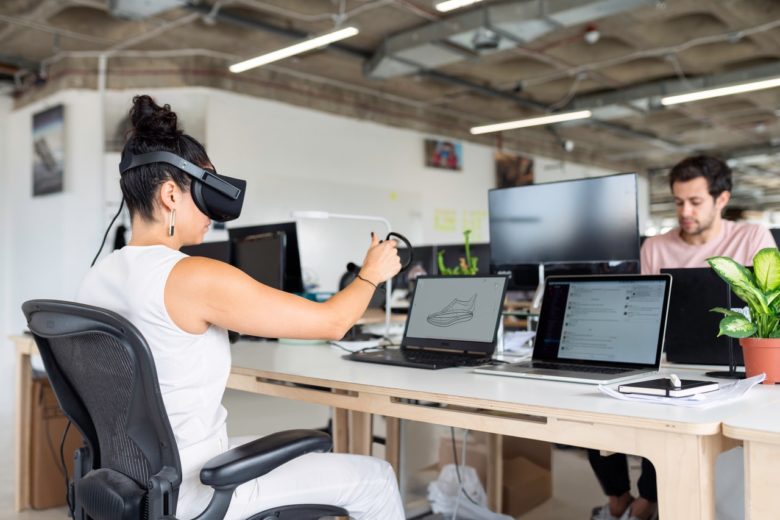
CHALLENGE
OPTION #1
A DAY IN THE LIFE…
Imagine a manufacturing worker of the future. What does his or her day look like? What does their job require them to do? How do they move around the factory? How do they interact with other workers? Where do they eat lunch? For your submission, describe a day in the life of tomorrow’s manufacturing worker with a story (written or video) or a drawing.
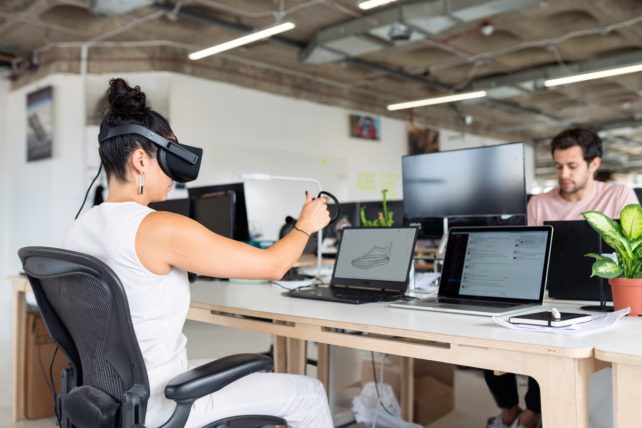
CHALLENGE
OPTION #2
HOW TO MAKE THIS
Pick a basic product (think: toothbrush, sneakers, or pillow, etc.). Explain how it will be made in the future. Discuss the jobs of automation and machines, but also explain what the worker will do? What will their job look like? How will they work with the machines? For your submission, describe the process of how your product is made with a story (written or video) or a drawing.
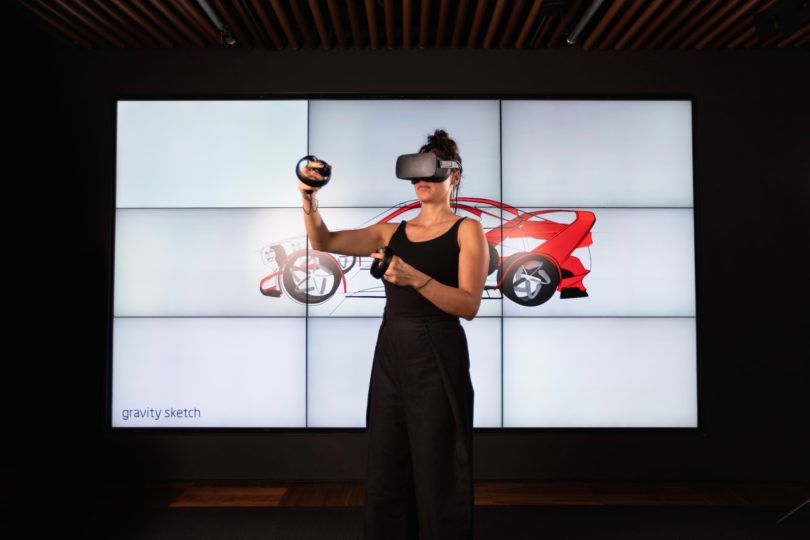
CHALLENGE
OPTION #2
HOW TO MAKE THIS
Pick a basic product, like a toothbrush, sneakers, or pillow, and explain how it will be made in the future. Discuss the jobs of automation and machines in this process, but also explain what the worker will do? What will their job look like? How will they work with the machines? For your submission, describe the process of how your product is made with a story (written or video) or a drawing.
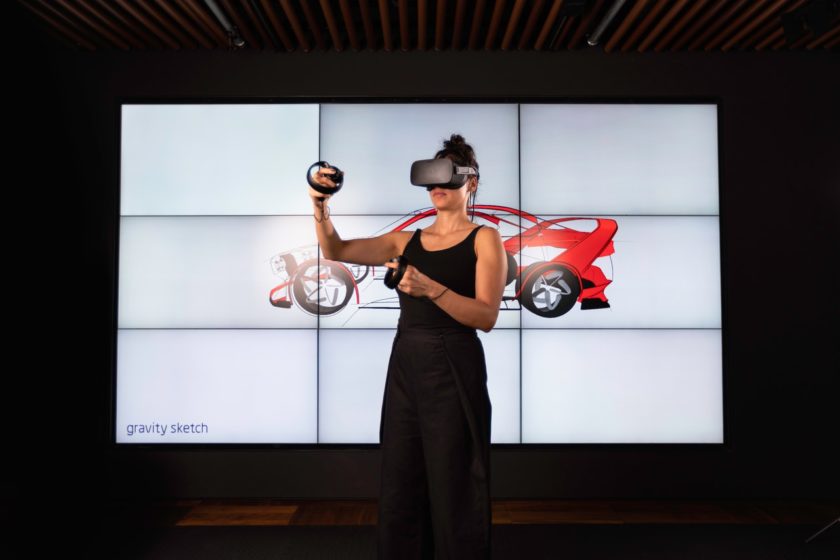
CHALLENGE
OPTION #3
FINISH THE STORY
Read the story “Skyler and ChowChow Yummy” below and consider the following questions: What did Skyler see? What does she do to fix the malfunctioning Robo-Chef? What other technology does ChowChow Yummy use? For your submission, finish the story of Skyler (written or video) or with a drawing.
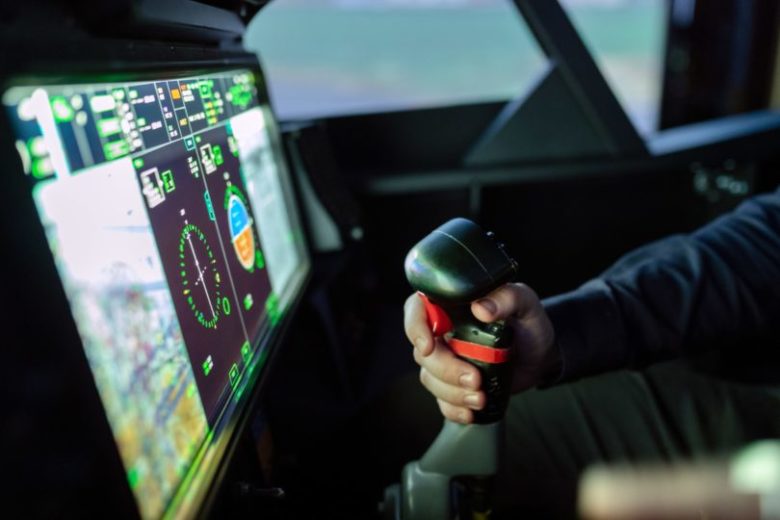
Skyler & ChowChow Yummy
Today was going to be a big day, Skyler just didn’t know it yet. She worked for “ChowChow Yummy”, one the of the largest organic pet food manufacturers in the country. The company specialized in creating customized meal plans for picky pets. Weekly meals were cooked and assembled at the plant, and then packaged and shipped straight to the pet’s home. National Pet Day was just around the corner and orders were booming as owners prepared to spoil their fur-babies with special meals!
Skyler was a drone data coordinator at the ChowChow Yummy factory. Her job was to oversee the fleets of drones that flew around the facility delivering raw ingredients to the Robo-Chefs (3D printers that produced the custom meals for each digital order). Thousands of drones buzzed through the airspace of the factory dancing around each other in perfect synchronicity. If it weren’t for Skyler, these drones would be a mess. She carefully oversaw the flights to make sure that the routes were optimized. She monitored power consumption and recharging at the centralized solar-power-bump so that no drone would run out of battery mid-flight. She even spot-checked production quality using the drones’ connected camera system.
With a warm cup of coffee in her hand, Skyler settled into her control station for the morning and adjusted her tele-goggles. As she tightened the headstrap, she noticed a small red alarm blinking in the corner of the heads–up-display, “ERROR 325 – CHF 25 MFLG.”
“Hmm… looks like one of the Robo-Chefs is having trouble again,” She said to herself. She wanted to take a closer look. She released the lock on her desktop joystick and slid it in front of her. With a few quick voice commands, she took manual control of a nearby drone and steered it closer to the malfunctioning Robo-Chef. What she saw surprised her…
CHALLENGE
OPTION #3
FINISH THE STORY
Read the story “Skyler and ChowChow Yummy” below and consider the following questions: What did Skyler see? What does she do to fix the malfunctioning Robo-Chef? What other technology does ChowChow Yummy use? For your submission, finish the story of Skyler (written or video) or with a drawing.
Skyler & ChowChow Yummy
Today was going to be a big day, Skyler just didn’t know it yet. She worked for “ChowChow Yummy”, one the of the largest organic pet food manufacturers in the country. The company specialized in creating customized meal plans for picky pets. Weekly meals were cooked and assembled at the plant, and then packaged and shipped straight to the pet’s home. National Pet Day was just around the corner and orders were booming as owners prepared to spoil their fur-babies with special meals!
Skyler was a drone data coordinator at the ChowChow Yummy factory. Her job was to oversee the fleets of drones that flew around the facility delivering raw ingredients to the Robo-Chefs (3D printers that produced the custom meals for each digital order). Thousands of drones buzzed through the airspace of the factory dancing around each other in perfect synchronicity. If it weren’t for Skyler, these drones would be a mess. She carefully oversaw the flights to make sure that the routes were optimized. She monitored power consumption and recharging at the centralized solar-power-bump so that no drone would run out of battery mid-flight. She even spot-checked production quality using the drones’ connected camera system.
With a warm cup of coffee in her hand, Skyler settled into her control station for the morning and adjusted her tele-goggles. As she tightened the headstrap, she noticed a small red alarm blinking in the corner of the heads–up-display, “ERROR 325 – CHF 25 MFLG.”
“Hmm… looks like one of the Robo-Chefs is having trouble again,” She said to herself. She wanted to take a closer look. She released the lock on her desktop joystick and slid it in front of her. With a few quick voice commands, she took manual control of a nearby drone and steered it closer to the malfunctioning Robo-Chef. What she saw surprised her…
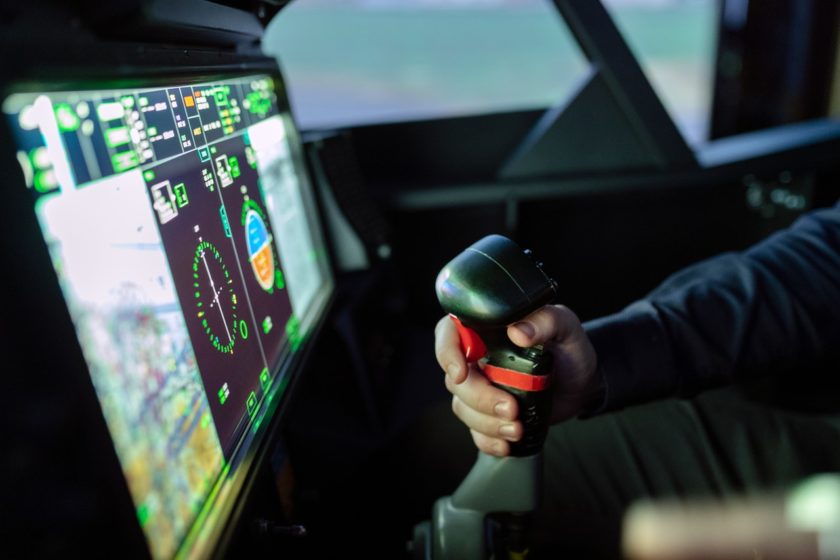
Teacher Resources
Teacher Resources
BASELINING STUDENTS KNOWLEDGE OF MANUFACTURING
Classroom Talking Points
Teachers, if you’d like to share this challenge with your students, please consider the following information. This outline has been designed for remote delivery (e.g. Zoom class) but can be customized to your current class delivery structure.
Get in Touch
POINT PERSONS FOR THE CENTER FOR ADVANCED MANUFACTURING
For general inquiries regarding the Clemson University Center for Advanced Manufacturing,
please contact Mark Johnson
864.656.9748
Clemson Vehicle Assembly Center
Laine Mears
Clemson Advanced Robotics Manufacturing Center
Venkat Krovi
Clemson Product Life Cycle Management
John Wagner
Clemson University Center for Workforce Development
Rebecca Hartley
Center for Automotive Aviation and Virtual E-Schools
Anand Gramopadhye
Clemson Composites Center
Srikanth Pilla
Corporate Partnerships and Strategic Initiatives
Angela Leidinger
Deep Orange at CU-ICAR
Zoran Filipi



